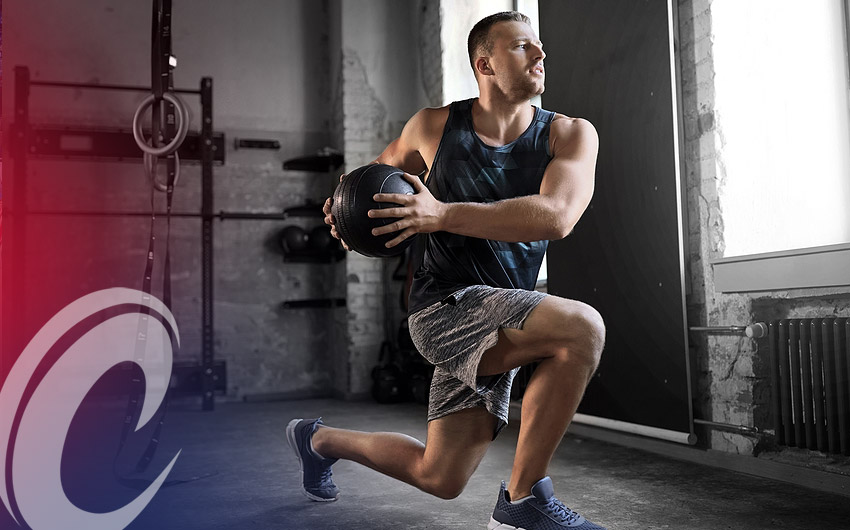Hockey players love their numbers when it comes to performance. How hard is my shot? How fast can I skate from here to there? The booming world of sports science has brought data collection on hockey performance to a new level. Where the stopwatch used to be the go-to tool for measurement, now everyone has a smart watch, GPS, heart rate monitor, or some other type of device feeding the athlete, coach, and trainer mountains of data. But just like with your game stats, some numbers are more important than others.
I have many research articles telling me the make-up of an elite hockey player. Minimum threshold numbers for body fat percentage (body composition), training heart rate levels, and VO2max (maximum oxygen uptake): do these numbers make you a good hockey player? Nope. You still have skills like shooting, skating, and passing that need to be developed. The training data just gives us an idea of the athlete’s physical capabilities to handle the training loads placed on the body.
Don’t get me wrong, there is value to the data. We test our players during the season with drills in the gym as a means for our athletes to set goals for performance and to see the benefits of proper off-ice training as the season progresses. As the end of the season draws near, we can start looking to the off season to care for nagging injuries and cycle back around to building strong hockey athletes. We can use our data from the tests to build on weaknesses and see what we can improve for next season.
Sports science and data can be used to benefit the hockey athlete. There is no question. The information needs to be used properly as a guide, but not as a rigid rule. Find a sports performance professional who can help you interpret the data, apply it appropriately, and give you the information you need. While having more information can be useful, it is not the only component of being a good hockey player. Playing hockey on any surface and at any level takes hard work to succeed. Every time we lace up our skates, we show our courage and love for the game. You won’t find that data on a smart watch.
Mike Hannegan is an Athletic Trainer and Strength Coach with ten years of experience in the NHL with the Anaheim Ducks and St. Louis Blues. He is currently the Director of the Compete Sports Performance and Rehabilitation facility inside The Rinks Yorba Linda Ice located in beautiful Orange County, CA.

